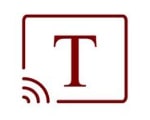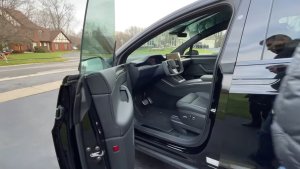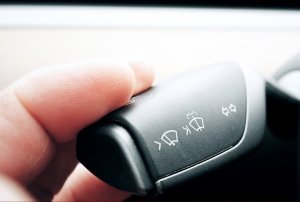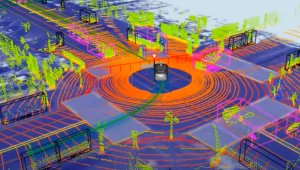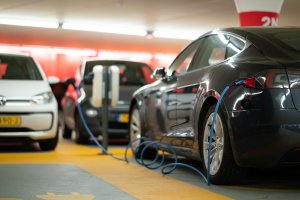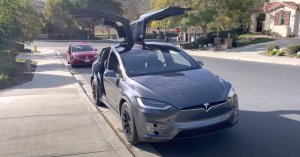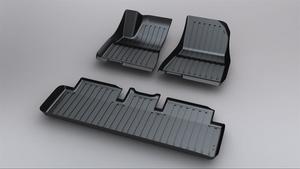Tesla Brings New Autopark and High Fidelity Park Assist to Vehicles with Ultrasonic Sensors [Video]
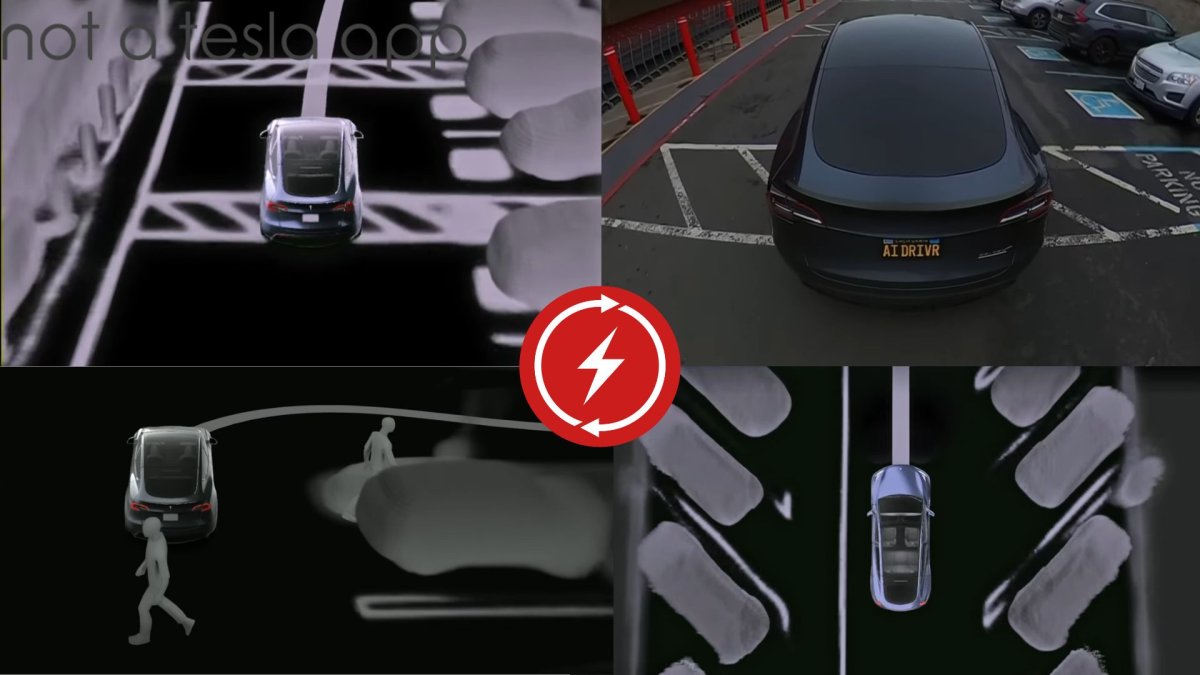
On Sunday, Tesla started rolling out Full Self-Driving (Supervised) V12.3.6, the latest version of its FSD software. This update includes the highly anticipated new Autopark and High Fidelity Park Assist feature for additional vehicles. FSD v12.3.6 replaces v12.3.5 which had only been rolled out to a small portion of the fleet.
The new Autopark (tap to park) and High Fidelity Park Assist features are now available for vehicles with ultrasonic sensors (USS). Since October 2022, all Model 3 and Model Y vehicles no longer include ultrasonic sensors, instead relying solely on Tesla Vision to provide Autopilot, Park Assist, and Autopark features. However, the vision-based Autopark has been limited to the U.S. and Canada so far.
New Autopark
When driving at low speed, the new Autopark highlights potential parking spaces allowing the driver to pick their preferred spot. Tesla vehicles with ultrasonic sensors (USS) can now take advantage of the new Autopark feature, which is a significant improvement over the previous iteration.
Although the new Autopark feature is expanding to vehicles with USS, it appears to still be geographically limited to the U.S. and Canada. We expect Tesla to continue the feedback loop and release the feature in Europe and other regions in a future update.
Vehicles without USS outside of North America have never had Autopark of any form since they don’t support the older Autopark version that relies on USS and have yet to receive this latest revision of the feature.
For vehicles with the Intel-based infotainment unit, the visuals will look like the video below, where it doesn’t display a 3D environment of the vehicle’s surroundings. Instead, the visualization just highlights parking spaces available. However, the limitation for Intel vehicles is just in the visualization itself, the vehicle is just as aware of its surroundings as vehicles that display 3D renderings of objects on the screen.
Here is a demo of the new AutoPark w/ USS cars with Intel CPUs w/ FSD v12.3.6. Hope this is helpful. Full video coming soon! @nowteslafy @tezmeeinc @AIDRIVR @chazman @DirtyTesLa pic.twitter.com/b1kCYX2CXu
— ⚡️TechGeek Tesla 🔋⚡️ (@jonbbc) April 28, 2024
High Fidelity Park Assist
With Tesla update 2024.3.25 (FSD v12.3.6), Tesla is also releasing High Fidelity Park Assist features to vehicles with ultrasonic sensors. However, as initially suspected, it’s limited to vehicles with the most recent infotainment processor that includes the Ryzen chip (MCU 3). Unfortunately, Intel Atom based vehicles don’t include the 3D visuals of High Fidelity Park Assist.
The feature provides drivers with a 360-degree 3D reconstruction of their vehicles’ surroundings while parking while traveling at low speeds. It even accurately displays lane markers in parking lots helping drivers visualize the environment around them when parking. The feature was added as a late addition to Tesla’s 2023 holiday update. However, at the time, it was limited to vehicles without ultrasonic sensors (USS).
Tesla "High-fidelity park assist" system
— TeslaZoa (@TeslaZoa) December 17, 2023
pic.twitter.com/EEfO7PSABp
Vehicles With USS Have a Choice
For vehicles that have ultrasonic sensors, users will have a choice to either continue using their vehicle with USS sensors that display exact distances to objects or use the new High Fidelity Park Assist feature and forego the display of distances.
We were hoping that when Tesla finally released HiFi Park Assist to vehicles with USS, it would merge the two features and display the updated visuals with distance measurements, however, that is not the case in this update.
For owners with USS, the new Park Assist option is located under Controls > Autopilot and allows you to choose between “Standard” or “Tesla Vision.” Tesla Vision being the new HiFi Park Assist and Standard representing the USS version with arcs and measurements.
Tesla’s director of Autopilot, Ashok Elluswamy had previously set expectations and stated that HiFi Park Assist would “eventually” go to vehicles with ultrasonic sensors back in December 2023. The new Park Assist feature is available in various regions around the world, including North America and most of Europe.
Tesla continues to double down on vision and Musk revealed that it's becoming “very clear that the vision-based approach with end-to-end neural networks is the right solution for scalable autonomy”.








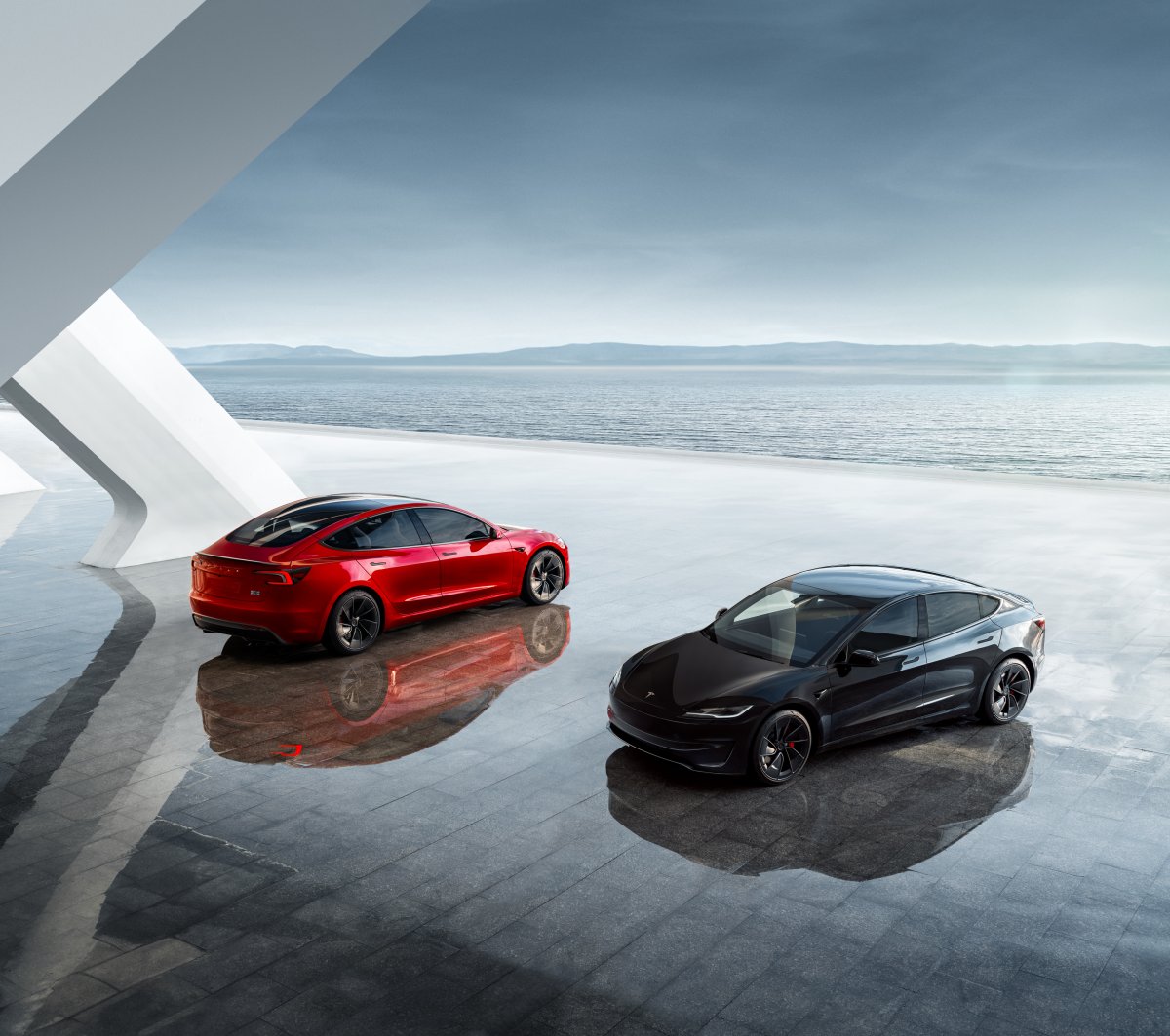
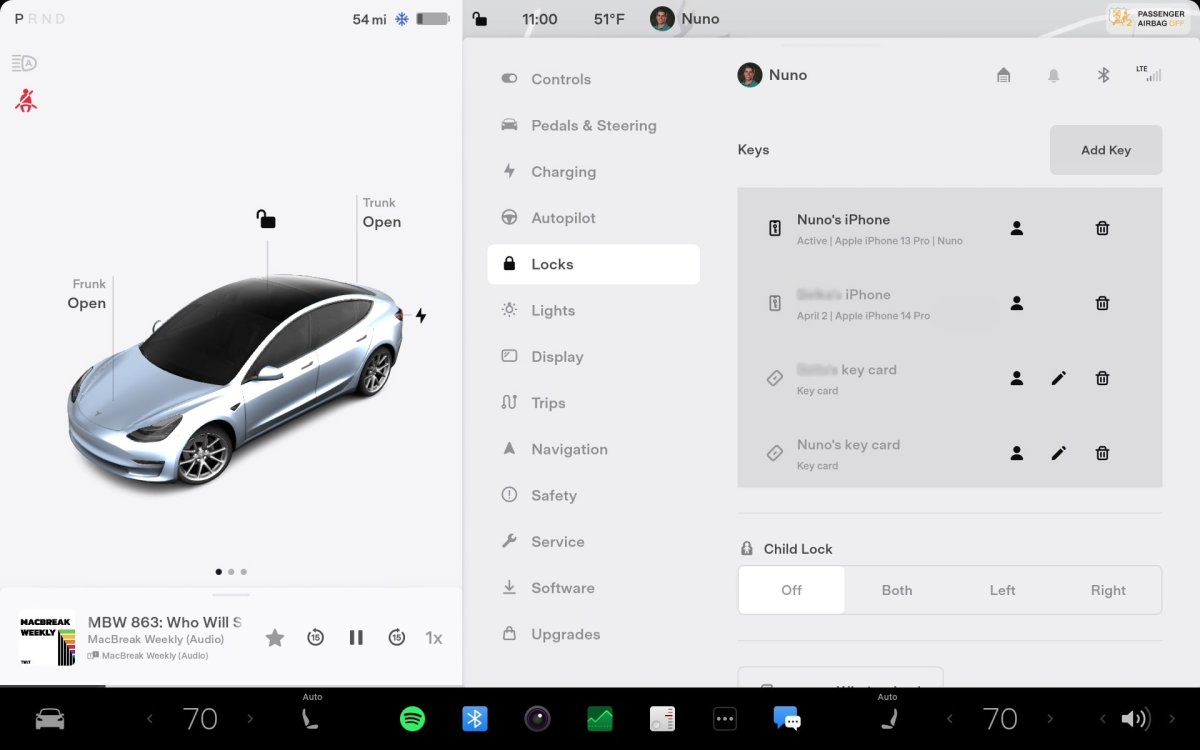
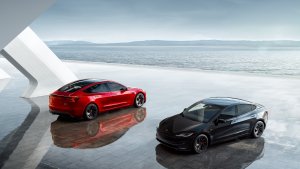
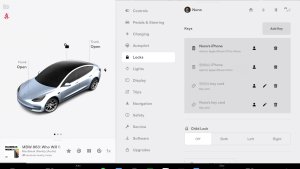
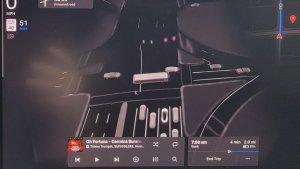
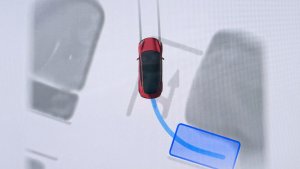
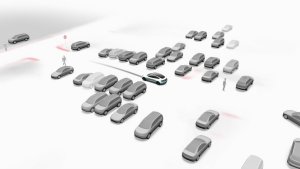
![Tesla Adds HEPA Filter to New Model 3, Will it Get Bioweapon Defense Mode? [Update: Tesla Edits Post]](https://www.notateslaapp.com/images/news/2023/new-model-3-hepa-filter_300w.jpg)
![Elon talks about Twitter and job cuts at Bloomberg forum [video]](https://www.notateslaapp.com/images/news/2022/elon-musk-qatar-forum_300w.jpg)
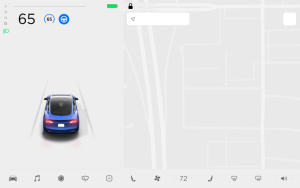
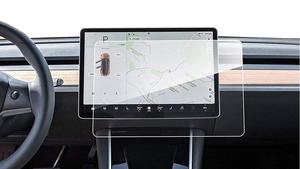
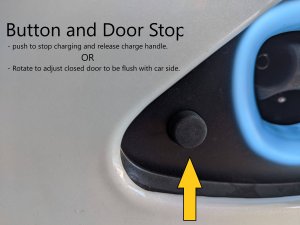
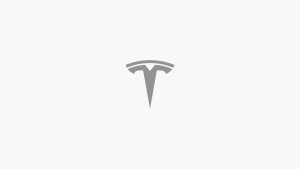
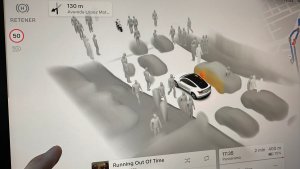
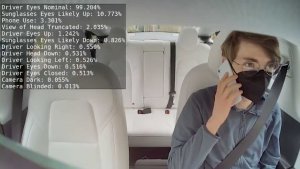
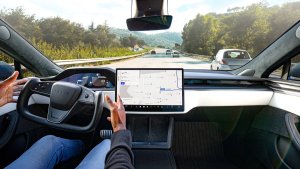
![An In-Depth Look at Tesla's New Music Player in Update 2024.14 [Photos & Video]](https://www.notateslaapp.com/img/containers/article_images/tesla-screen/new-media-player-full.jpg/ea2f4552604af4176e63d2bea502e02f.jpg)
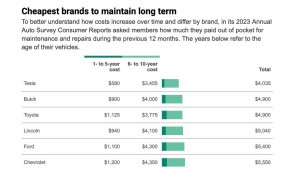
![Tesla is Creating a Voice Assistant to Replace Voice Commands [Example of Voice]](https://www.notateslaapp.com/img/containers/article_images/tesla-screen/voice-assistant-china.jpeg/d64d36bca5a6ef18bd408d3af25503bd.jpg)





